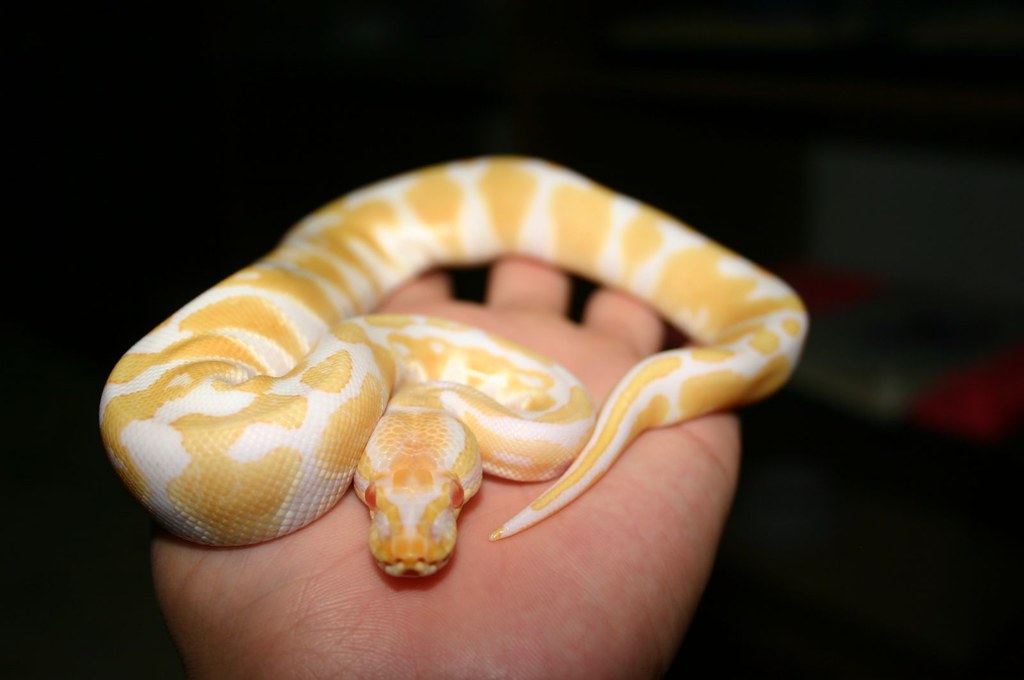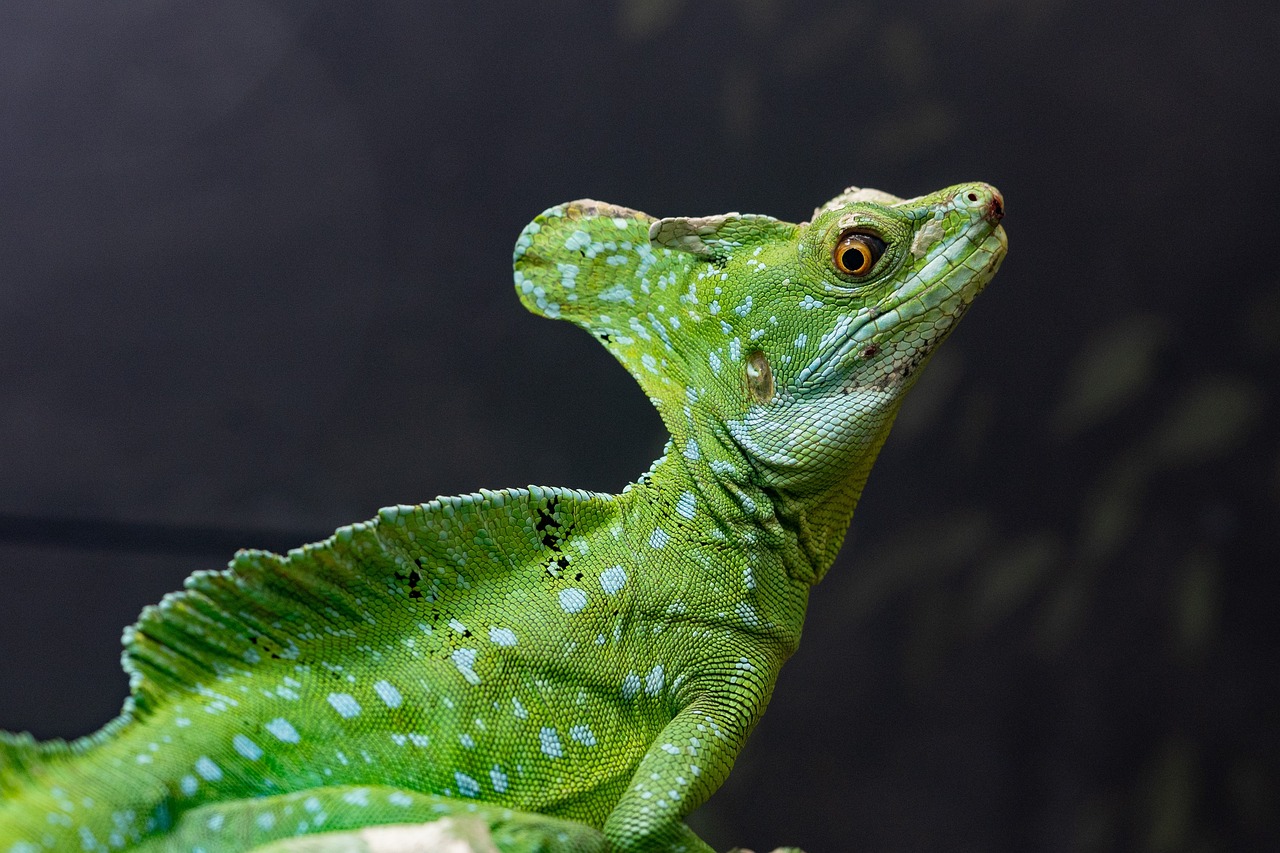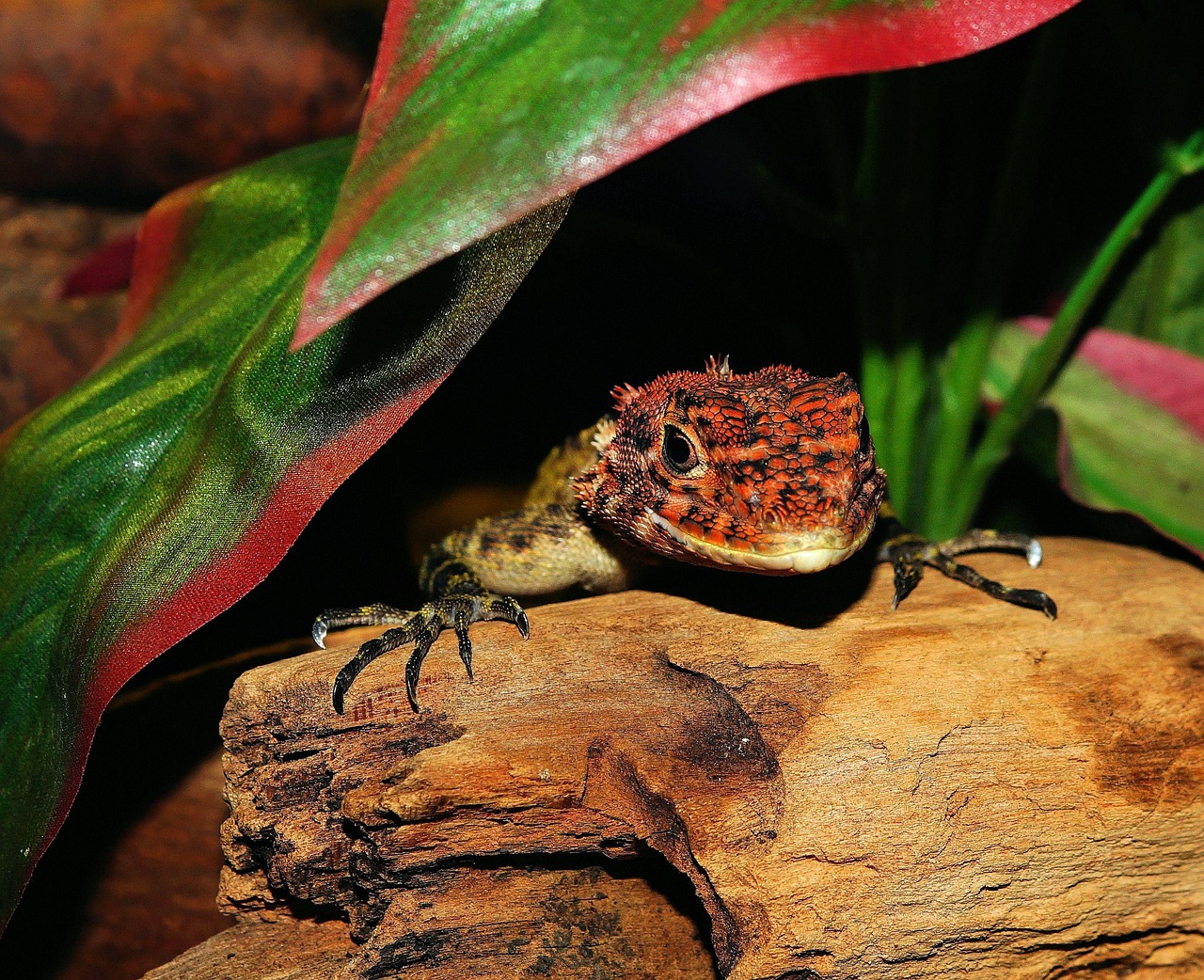The exotic reptile market represents a fascinating intersection of herpetology, conservation, and luxury collecting. While many reptiles remain relatively affordable for the average enthusiast, a select few command staggering prices that can reach tens or even hundreds of thousands of dollars. These high-value specimens typically feature rare genetic mutations, exceptional coloration, or extreme scarcity in the wild. The exotic reptile trade has evolved dramatically over recent decades, transforming from a niche hobby into a sophisticated industry with dedicated breeders, specialized exhibitions, and international collectors willing to pay premium prices for the perfect specimen. This article explores the world’s most expensive reptiles, examining what makes them so valuable and the ethical considerations surrounding this exclusive market.
The Lavender Albino Ball Python: A Pioneer of High-End Morphs
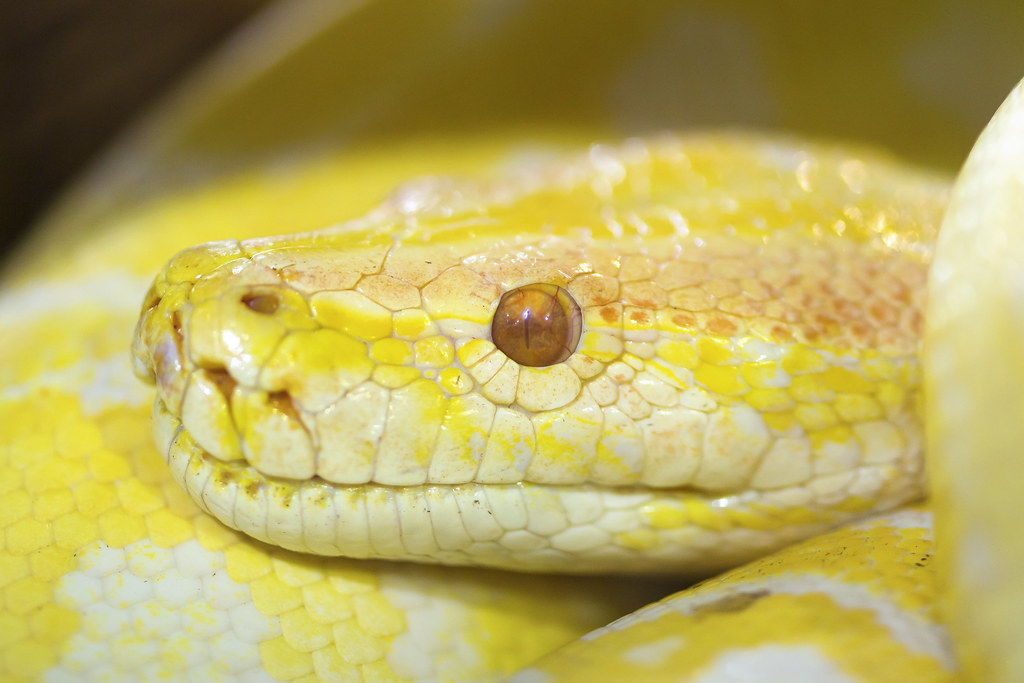
The Lavender Albino Ball Python represents one of the earliest examples of extremely high-value reptile morphs, initially selling for around $40,000 when first introduced to the market in the 1990s. This stunning python variant displays a delicate lavender hue with golden-yellow patterns and red eyes, creating an appearance dramatically different from the standard wild-type ball python. The morph resulted from a recessive genetic mutation that took years of selective breeding to establish reliably in captivity. While prices have decreased over the decades as more breeders successfully produced these snakes, high-quality specimens of Lavender Albinos with exceptional coloration can still command prices of $3,000-$7,000, making them one of the most historically significant expensive morphs in reptile-keeping history.
Sunset Ball Python: The Six-Figure Snake

The Sunset Ball Python represents one of the most expensive single reptile sales ever recorded, with a particularly exceptional specimen selling for approximately $190,000 in 2018. This extraordinary morph combines several genetic mutations including Sunset, Ultramel, and Desert Ghost traits, resulting in a snake with vibrant sunset-orange coloration, reduced pattern, and remarkable visual clarity unlike any other ball python variant. The astronomical price reflects not just the snake’s beauty but its genetic potential as a breeding specimen capable of producing similarly valuable offspring. The Sunset Ball Python exemplifies how complex genetic combinations can create unprecedented value in the reptile market, with serious collectors viewing these animals as both living art and investment opportunities. While most enthusiasts will never own such a specimen, the existence of six-figure snakes demonstrates the extraordinary ceiling that exists in the high-end reptile market.
Leucistic Blue-Eyed White Ball Python: The Platinum Standard
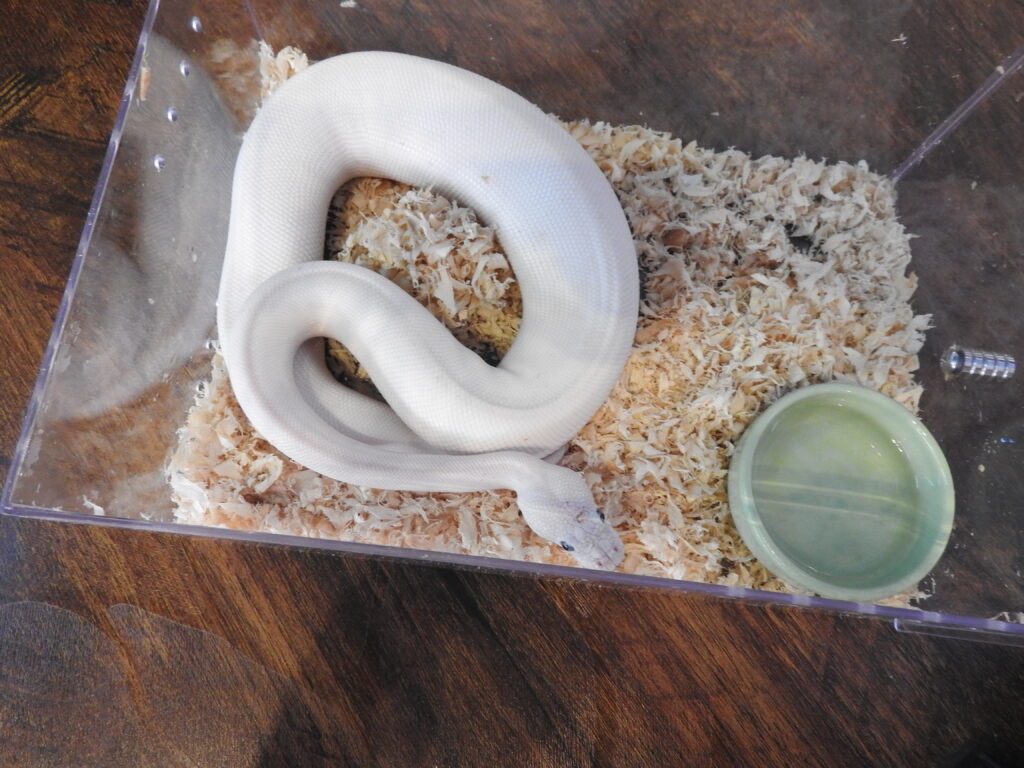
The Leucistic Blue-Eyed White Ball Python, often abbreviated as “Blue-Eyed Lucy” or BEL, remains one of the most coveted color morphs in the reptile world, with premium specimens selling for $5,000-$10,000 depending on bloodline and quality. These stunning snakes display a pure white body completely devoid of patterns, contrasted by striking blue eyes that create an almost mythical appearance. The morph results from combining specific recessive genes, with the most valuable specimens coming from the lesser platinum and mojave genetic lines, which produce the brightest white coloration with minimal yellow discoloration. The appeal of these snakes extends beyond their beauty to their consistent breeding outcomes, as established bloodlines reliably produce offspring with predictable traits. The Blue-Eyed Lucy represents a pinnacle achievement in reptile breeding, demonstrating how selective genetics can create animals that appear almost supernatural in their perfection.
Green Tree Python Morphs: Emerald Treasures
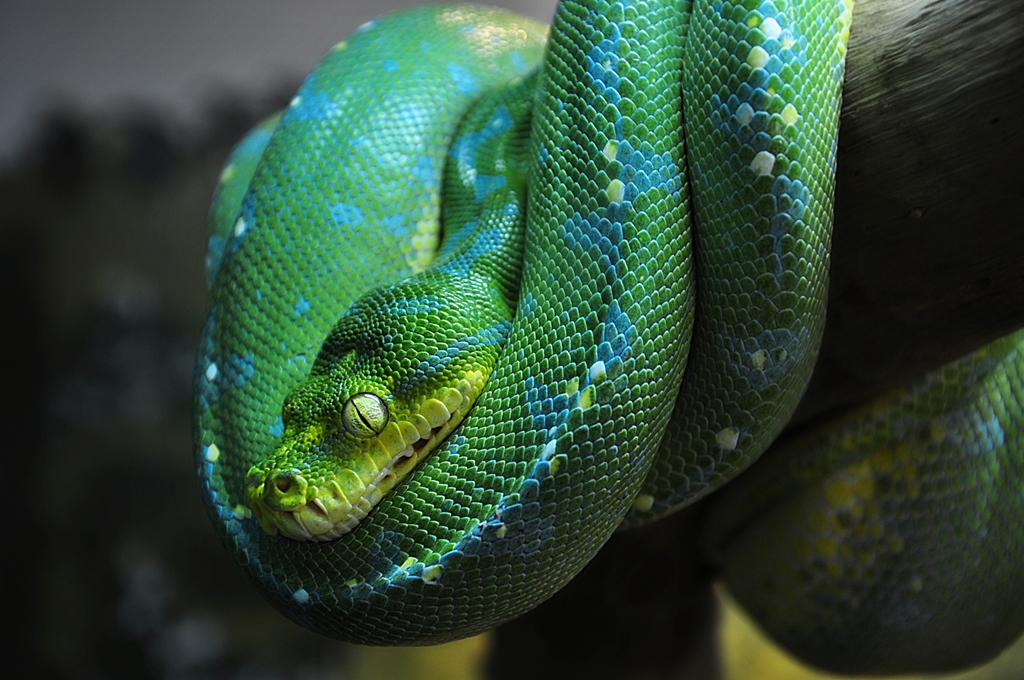
High-end Green Tree Python morphs have established themselves among the most expensive reptiles in the pet trade, with exceptional specimens of rare color variants selling for $10,000-$25,000 depending on lineage and coloration intensity. The most valuable include the ultra-blue Biak locality specimens, which display an electric blue coloration rarely seen in nature, and the high-yellow Aru specimens with their brilliant lemon-yellow bodies and contrasting blue spinal markings. Unlike many expensive reptiles whose value comes from captive breeding, the most prized Green Tree Pythons often derive from specific wild localities with naturally occurring color variations, making their genetics difficult to replicate. The reputation of the breeder plays a crucial role in pricing, as established names like Greg Maxwell or Jason Yeager can command premium prices based on their decades of selective breeding. These living jewels require specialized care including precise humidity and temperature gradients, making them investments in both money and expertise.
Galapagos Tortoise: The Century-Long Investment

The Galapagos Tortoise represents one of the most expensive legal reptile acquisitions possible, with the few legitimate captive-bred specimens available occasionally reaching prices of $30,000-$50,000 when legally available through special permits. These iconic giants can live well over 100 years and grow to weights exceeding 500 pounds, making them a multi-generational investment rather than a typical pet. The extreme rarity of these tortoises in private collections stems from their protected status and the international restrictions on their trade, with most specimens being held exclusively by zoos and conservation facilities. The few private owners who legally possess these tortoises typically acquired them decades ago before current conservation laws were established, or through special breeding programs with strict oversight. Beyond their monetary value, the ethical implications of owning a species so critically endangered and so long-lived raises serious questions about responsible exotic pet ownership and the legacy collectors leave for future caretakers.
Albino Alligators: Prehistoric Treasures
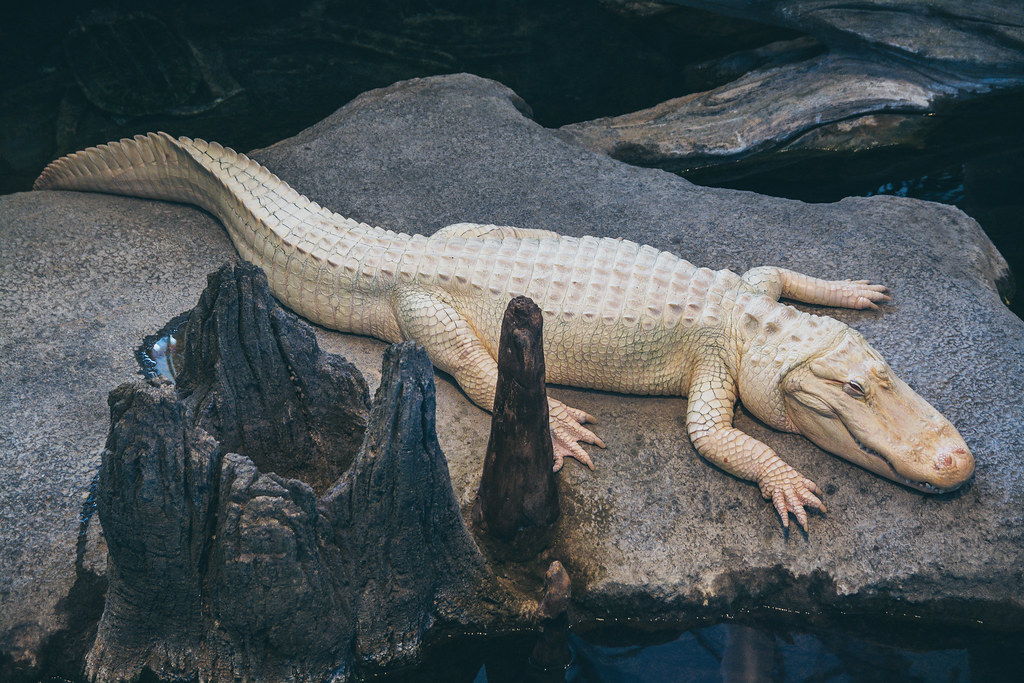
Albino American Alligators represent some of the rarest and most expensive reptiles in the world, with prices ranging from $50,000 to over $100,000 for legally bred specimens. These ghostly white reptiles lack melanin pigmentation and display pinkish-red eyes, creating a striking appearance that contrasts dramatically with the typical dark green coloration of standard alligators. Their extreme rarity in nature (estimated at less than 100 worldwide) comes from their poor survival chances in the wild, where their lack of camouflage and sun sensitivity make them easy prey and susceptible to sunburn. Legal ownership requires extensive permits, specialized facilities capable of housing an animal that can grow to 10-15 feet long, and significant ongoing expenses for proper diet and veterinary care. The combination of their prehistoric appearance, extreme rarity, and the logistical challenges of keeping them makes albino alligators among the most exclusive reptiles available to private collectors with appropriate licensing.
Black Dragon Water Monitor: The Melanic Mega-Lizard
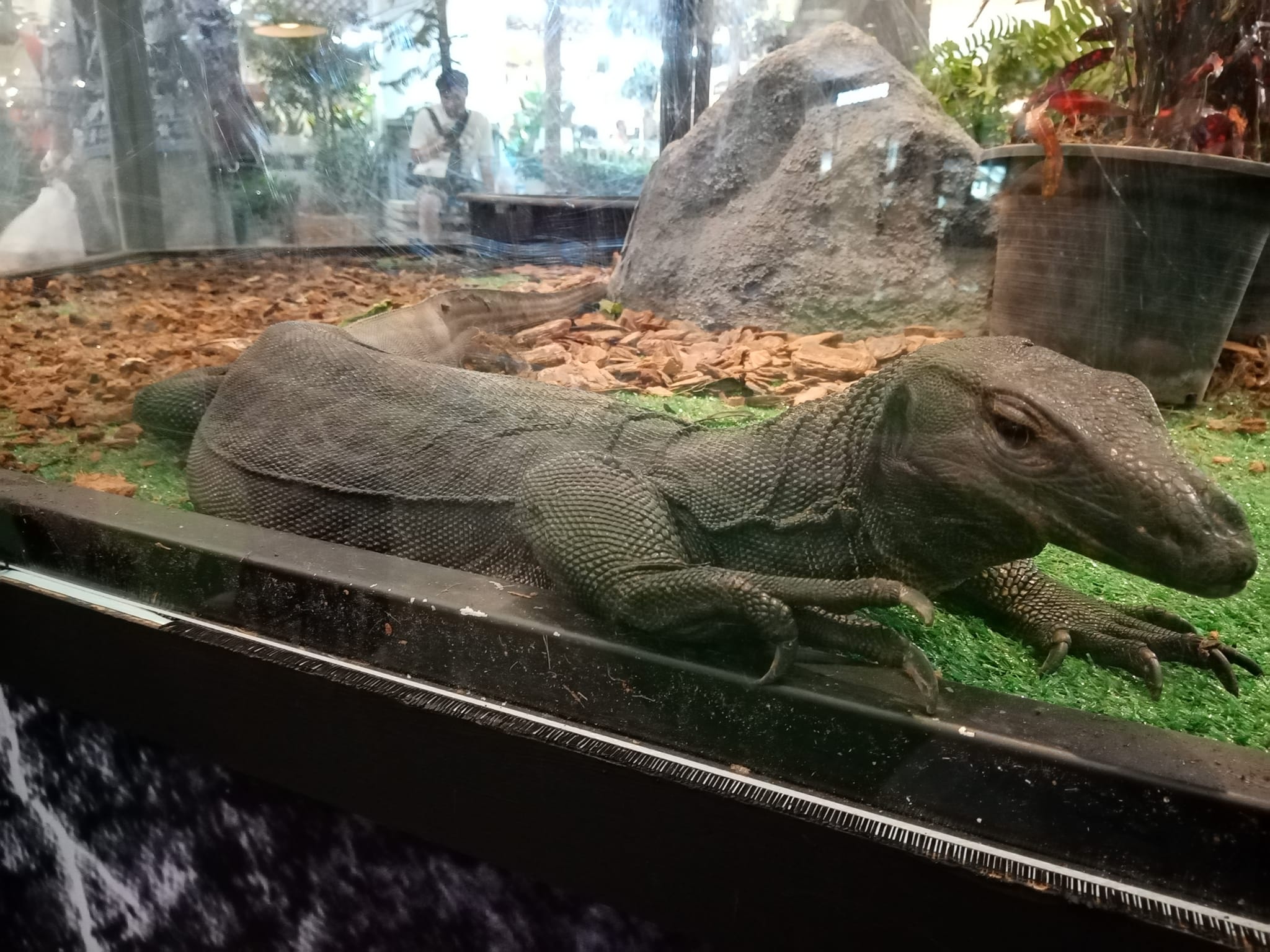
The Black Dragon Water Monitor, a melanic (hyper-dark) form of the Asian Water Monitor, commands prices between $10,000 and $20,000 for premium specimens, making it one of the most expensive lizards available to private keepers. These impressive reptiles display an intense jet-black coloration with minimal patterning and can grow to lengths exceeding seven feet, creating an imposing presence that resembles a living dragon. The morph originated from specific island populations in Indonesia where natural selection favored darker individuals, and selective breeding in captivity has intensified their striking appearance. Beyond their visual appeal, these monitors possess remarkable intelligence comparable to some mammals, with problem-solving abilities and recognition of their keepers. The extreme price reflects not just their appearance but the significant investment required to house them properly, as they need custom-built enclosures exceeding 200 square feet with swimming areas, climbing structures, and precise temperature gradients.
Fiji Banded Iguana: Living Jewels of the Pacific
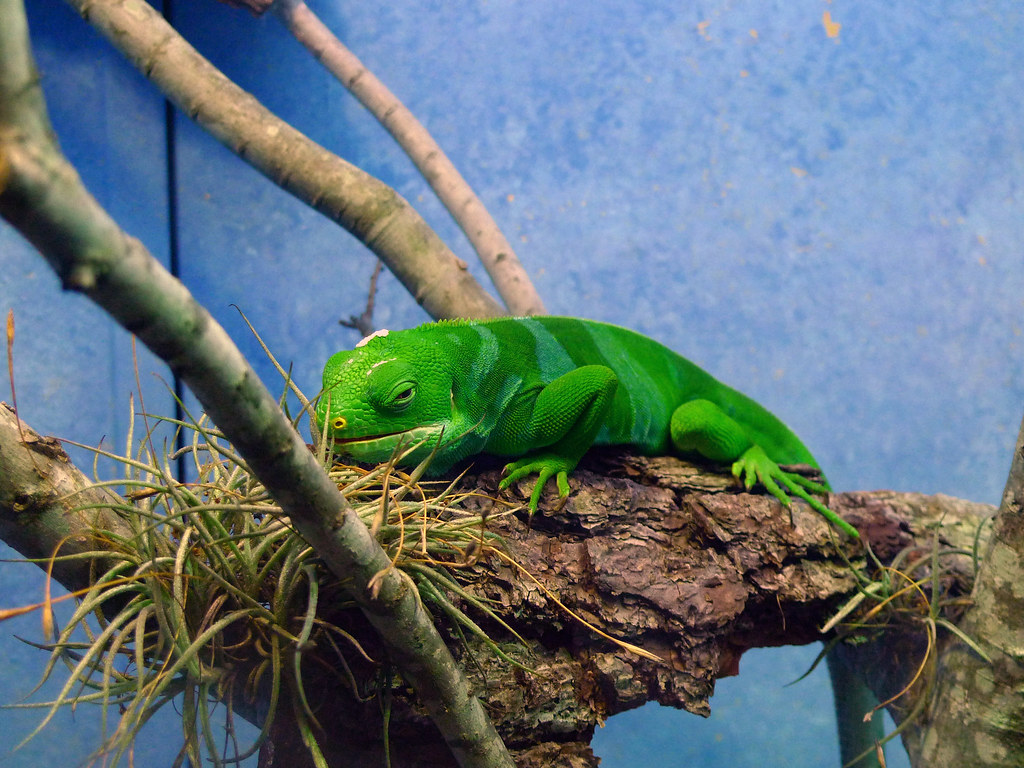
The Fiji Banded Iguana (Brachylophus fasciatus) represents one of the most expensive legally available lizards in the reptile trade, with prices ranging from $10,000 to $20,000 for captive-bred specimens with proper documentation. These spectacular arboreal lizards display an almost unrealistic emerald green coloration with vertical blue or white banding, making them appear almost artificial in their beauty. Their extreme price reflects both their status as a CITES Appendix I protected species and the difficulty in breeding them consistently in captivity, with only a handful of breeders worldwide achieving regular success. Legal specimens require extensive documentation proving captive breeding origin, as wild collection is strictly prohibited due to their endangered status in their native Pacific island habitats. Beyond their monetary value, these iguanas require specialized care including precise UVB lighting, high humidity, and carefully formulated diets mimicking their natural consumption of flowers, leaves, and fruits from their island habitats.
Albino Burmese Pythons: The Original Status Serpent
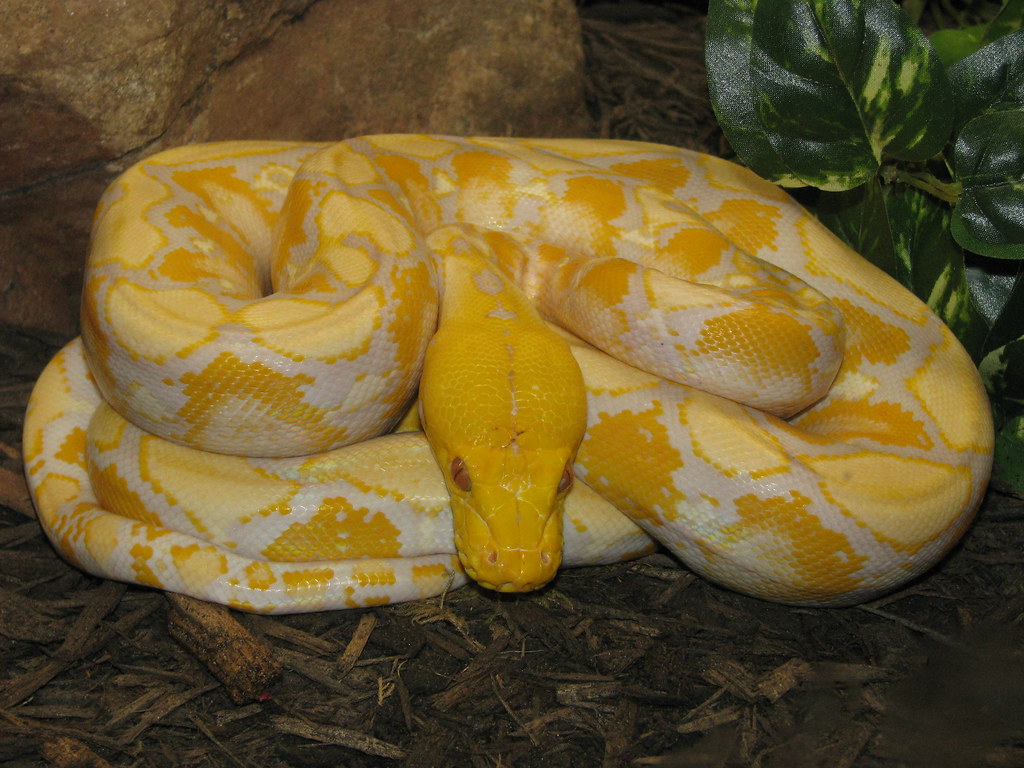
The Albino Burmese Python historically represented one of the first “status symbol” reptiles when they initially entered the pet trade in the 1980s and early 1990s, commanding prices up to $25,000 for the first specimens. These massive snakes, which can grow to lengths exceeding 18 feet, display a striking white to yellow base color with patterns ranging from butterscotch to orange, creating an unmistakable appearance despite their enormous size. While prices have decreased substantially over the decades as breeding success increased their availability, high-quality specimens from established bloodlines still sell for $1,500-$3,000 today. Their historical significance in the reptile hobby cannot be overstated, as they demonstrated how selective breeding could create dramatically different color variants of large reptiles and how significant the market could be for these specialized animals. The challenges of keeping these giant snakes, including their massive spatial requirements, thousand-dollar annual feeding costs, and potential danger to handlers when full-grown, means that despite lower purchase prices, they remain one of the most significant investments in the reptile hobby.
Scaleless Ball Pythons: Smooth Serpent Innovations
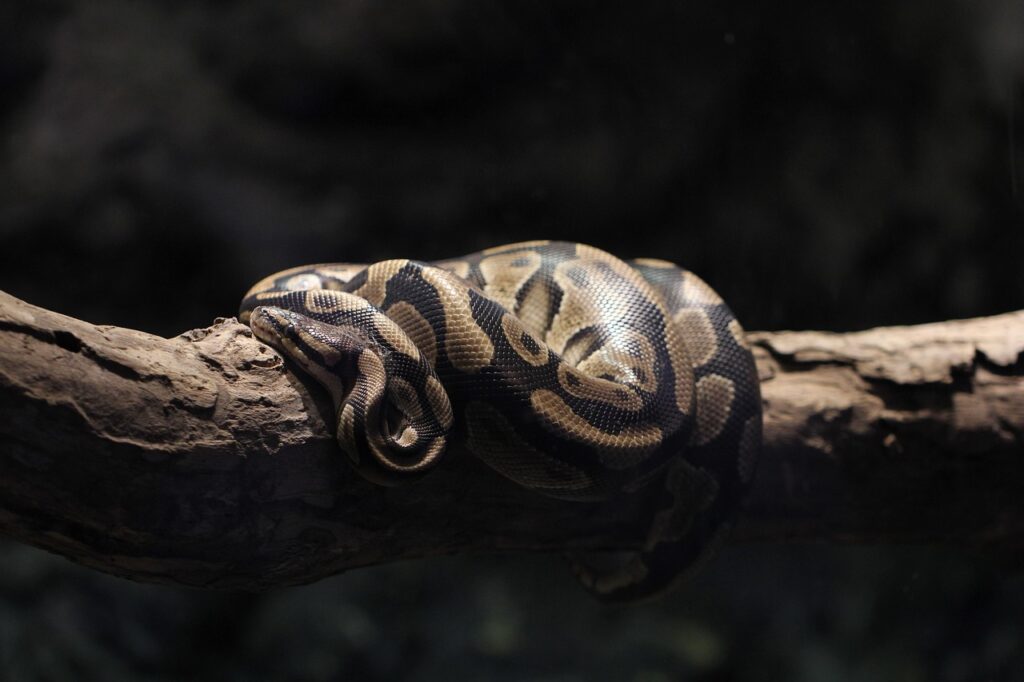
Scaleless Ball Pythons represent one of the most revolutionary morphs in reptile breeding, with premium specimens commanding prices between $10,000 and $25,000 depending on the additional genetic traits combined with the scaleless mutation. These remarkable snakes lack traditional scales on most of their body, resulting in an incredibly smooth texture that feels like soft leather rather than the typical scalation of reptiles. The genetic mutation affects the development of scales during embryonic formation but preserves the ventral scutes needed for locomotion, creating an animal that moves normally despite its dramatic physical difference. The astronomical prices reflect both the novelty of the trait and the limited genetic diversity available, as the scaleless mutation originated from a single foundation animal discovered in 2013 and subsequently developed through selective breeding. Combining the scaleless trait with other valuable mutations, such as albino or clown patterns, can multiply the value exponentially, leading to some of the highest prices in the python market.
Leucistic Texas Rat Snakes: The White Lightning
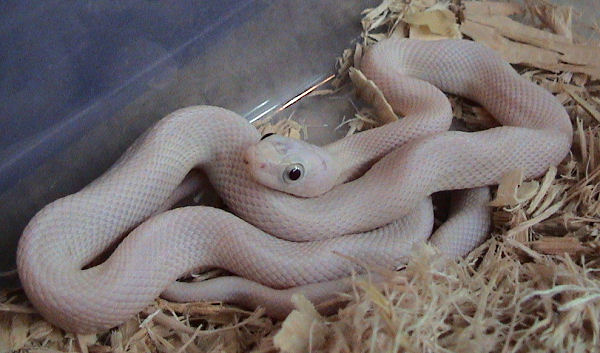
Leucistic Texas Rat Snakes, with their striking pure white appearance and dark eyes, represent one of the reptile hobby’s most dramatic value increases over time, with exceptional specimens now selling for $15,000-$25,000. These impressive colubrids display a uniform, brilliant white coloration completely lacking the typical patterns and colors of normal rat snakes, creating an almost otherworldly appearance that collectors prize. The leucistic mutation appeared naturally in Texas rat snake populations and was subsequently isolated through selective breeding, with the most valuable specimens showing absolutely no yellowing or pattern vestiges. Unlike many expensive reptiles that are docile species like ball pythons, these high-value rat snakes retain their active, sometimes assertive temperament, making them challenging pets that require experienced handling despite their premium price tag. The extraordinary value increase from just a few hundred dollars decades ago to today’s five-figure prices demonstrates how shifting collector preferences can dramatically alter market valuations for particularly striking genetic mutations.
Caramel Albino Reticulated Pythons: The Golden Giants
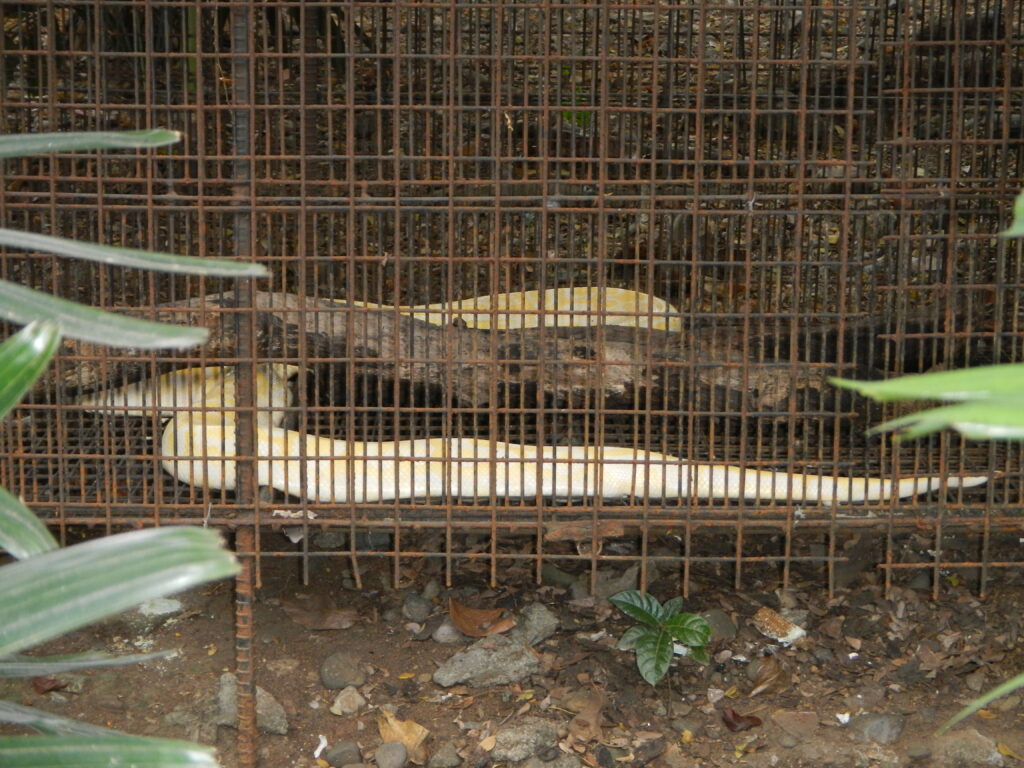
Caramel Albino Reticulated Pythons represent one of the most significant investments in the reptile world, with exceptional specimens commanding prices between $15,000 and $40,000 depending on pattern clarity and additional genetic traits. These massive snakes, which can grow beyond 20 feet in length, display a stunning golden-caramel base color with patterns ranging from rich orange to deep amber, creating a visually spectacular appearance despite their intimidating size. The genetic mutation first appeared in captive breeding programs in the early 2000s and rapidly became one of the most sought-after traits in large constrictors. The extraordinary price reflects not just their beauty but the immense spatial requirements and expertise needed to keep the world’s longest snake species, with adult specimens requiring custom-built enclosures often exceeding 10 feet in length. For serious collectors, these golden giants represent the ultimate statement piece, combining the impressive physical presence of a giant python with colors that appear almost artificial in their intensity.
Ethical Considerations in the High-End Reptile Trade
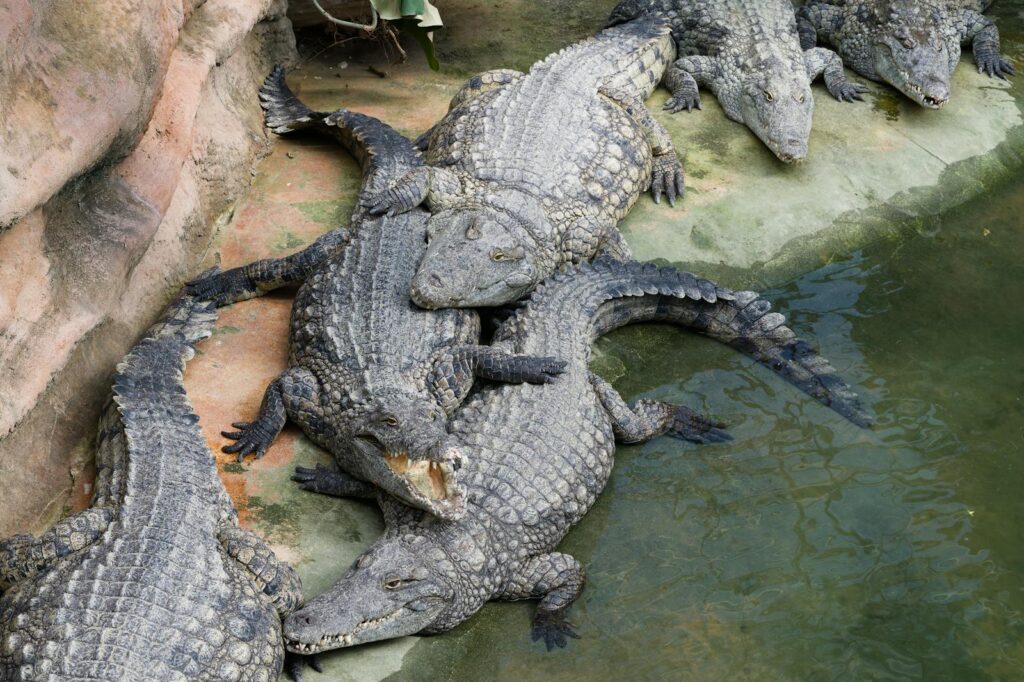
The extreme prices commanded by certain reptiles raise significant ethical questions about the sustainability and responsibility of the high-end exotic pet trade. Conservation experts express concern that high market values can incentivize illegal collection of wild specimens, particularly for species like the Fiji Banded Iguana or certain locality-specific python variants that command premium prices. The genetic manipulation required to produce some extreme morphs has also faced criticism when it produces animals with health issues, such as the “spider” morph in ball pythons which can suffer from neurological problems affecting balance and feeding. Responsible participants in the high-end reptile market emphasize the importance of documented captive breeding, proper permits, and transparent exchange of health information when transferring animals worth tens of thousands of dollars. The most ethical collectors prioritize the animal’s welfare above its monetary value, providing appropriately sized habitats, proper nutrition, and veterinary care regardless of the specimen’s price tag, recognizing that even the most valuable reptiles deserve environments that meet their biological needs rather than just showcasing their appearance.
Conclusion
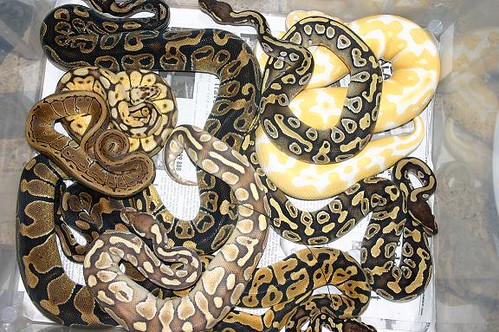
The world of high-end exotic reptiles represents a fascinating microcosm where genetics, aesthetics, rarity, and husbandry expertise combine to create extraordinary value. While most reptile keepers will never own specimens worth tens of thousands of dollars, the pioneering work done by breeders at the upper echelons of the market often drives innovation and understanding that benefits the broader reptile community. As with many luxury markets, the extreme prices discussed in this article represent exceptional outliers rather than typical values, with most reptile keepers focusing on more affordable species and morphs. Whether viewed as living art, genetic achievements, or controversial examples of human intervention in animal breeding, these incredibly valuable reptiles demonstrate the remarkable diversity possible within scaled species and the passionate community that has developed around their appreciation and preservation.

